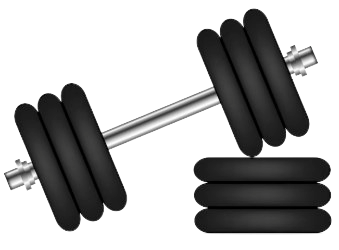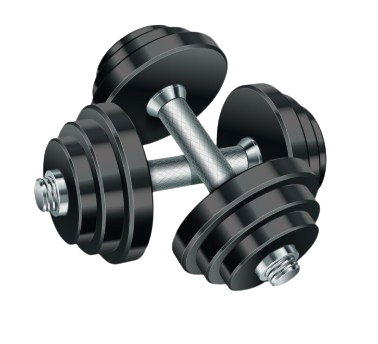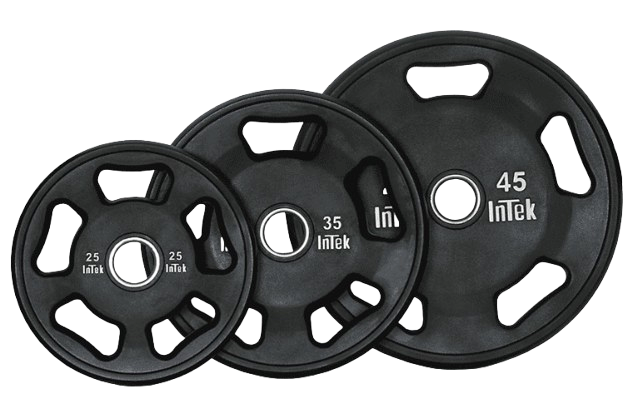

Understanding Mobility Aids: Enhancing Independence and Quality of Life
As society continues to age and people increasingly seek ways to keep self-reliance, the need for mobility aids has actually never been more important. Mobility aids, which encompass a variety of devices designed to help individuals with strolling or moving around, play an important function in promoting mobility, enhancing safety, and improving overall lifestyle. This post will check out the various types of mobility aids, their advantages, considerations for selection, and address some frequently asked concerns.
Types of Mobility Aids
Various mobility aids are readily available, each developed to resolve specific needs. The following table summarizes a few of the most typical types of mobility aids and their features.
Kind Of Mobility AidDescriptionBest Suited ForKey FeaturesWalking sticksA portable stick offering assistance and balance.People who need very little help.Light-weight, portable, adjustable height.WalkersFour-legged frames supplying stability.Those requiring substantial assistance while strolling.Foldable Travel Scooters (click the following page), some with wheels, added safety features.RollatorsWheeled walkers with a seat for resting.People needing mobility with the choice to rest.Brakes, baskets for personal products, adjustable height.WheelchairsChairs with wheels for individuals with minimal mobility.Those not able to stroll or needing substantial assistance.Handbook or powered choices, adjustable seating.ScootersMotorized devices for larger distances.People with minimal endurance but requiring independence.Different sizes and designs, often portable.CrutchesSupport devices put under the arms or forearms.People recovering from lower limb injuries.Adjustable, lightweight, requires upper body strength.StairliftsMechanical devices for moving in between floorings.Users dealing with obstacles in multi-level homes.Customizable for different staircases, automated.Benefits of Mobility Aids
Mobility aids supply an array of advantages that can substantially improve the lives of people facing mobility difficulties. Some significant benefits consist of:
Increased Independence: Mobility aids empower people to move freely without relying on others for support, therefore improving their confidence and self-confidence.
Enhanced Safety: Using mobility aids can minimize the risk of falls and injuries, particularly for older adults or those with balance problems.
Enhanced Quality of Life: By facilitating mobility, individuals can take part in social activities, go to events, and delight in life more fully, adding to better emotional and mental health.
Rehab Support: After surgical treatment or injury, mobility aids provide needed support and stability, assisting in healing and rehabilitation processes.
Ease of access: Many mobility aids are developed to be used both inside and outdoors, making sure that people can navigate different environments with ease.
Factors to Consider When Choosing Mobility Aids
Selecting the appropriate mobility aid needs careful consideration of several elements, consisting of:
FactorFactors to considerUser's NeedsEvaluate the level of mobility needed; think about whether the user needs momentary or long-term help.Physical LimitationsEvaluate the user's strength, balance, and coordination to identify the very best type of aid.SettingConsider the primary environments where the help will be utilized, such as home, outdoors, or particular surfaces.Weight and PortabilityMake sure that the picked device is workable regarding portability and storage, specifically for outdoor use.Budget planMobility aids can be found in a variety of rates; consider insurance coverage and available funding choices.AdjustabilitySelect aids that can be adjusted for height and comfort to accommodate development or altering requirements.Regularly Asked Questions About Mobility Aids1. How do I understand if I need a mobility help?
Numerous aspects can signify the need for a mobility aid, such as problem walking or stabilizing, tiredness while standing, or a recent surgery affecting mobility. Consulting with a health care expert can supply assistance tailored to individual requirements.
2. What kinds of mobility aids are covered by insurance coverage?
Protection differs between insurance providers, but the majority of provide choices for durable medical equipment, which typically includes wheelchairs, walkers, and some types of canes. Talk to your insurance supplier for particular protection information.
3. Can mobility aids be used outdoors?
Yes, numerous modern mobility aids are created for outdoor use. Rollators, scooters, and some walkers are geared up with functions for stability and ease of usage on numerous terrain.
4. How do I maintain my mobility help?
Regular maintenance includes examining for any wear and tear, ensuring that parts such as wheels, brakes, and frames are working properly, and cleaning up the equipment as needed. Following the producer's guidelines is important for safety.
5. Exists a threat of becoming based on mobility aids?
While some users may become reliant on mobility aids, they are designed to promote self-reliance and mobility. Gradually using a mobility help can boost confidence and assistance keep physical strength and coordination.
Mobility aids are indispensable tools that empower individuals to conquer physical obstacles, promoting independence and boosting lifestyle. By understanding the various kinds of mobility aids readily available, their advantages, and essential factors for factor to consider, families and caregivers can make informed decisions that best fulfill the needs of their enjoyed ones. With the ideal support, those with mobility challenges can lead satisfying and active lives, free to check out the world around them.

QR Code
Scan to Identify
Inquiries

 IT
IT
 HI
HI
 VI
VI
 AR
AR
 ZH
ZH
 EN
EN
 FR
FR
 DE
DE
 PT
PT
 RU
RU
 ES
ES
 TR
TR
